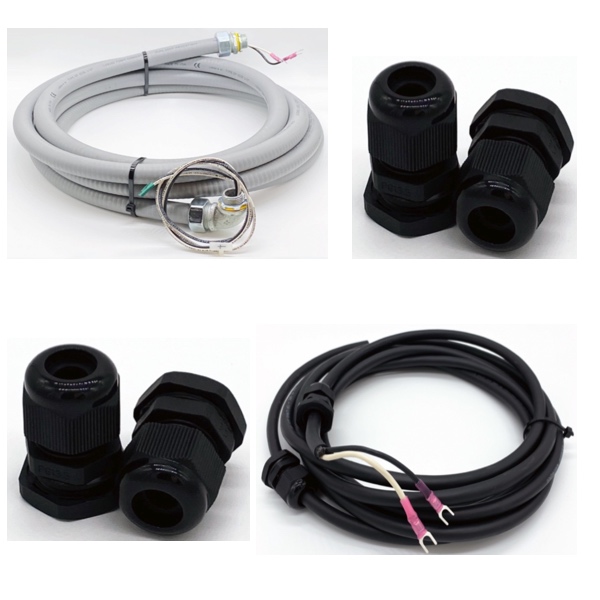Solar Cable

The photovoltaic (PV) system's direct current (DC) components connect together using solar cable. Assembled in a factory and installed at a user site, a PV system consists primarily of a solar array, inverter, and other direct current solar equipment. How well these components connect together determines how efficiently and safely a solar electric system works. Most commonly, a solar array connects to an inverter via solar cable, and the panel-to-inverter link is, by far, the most crucial solar cable connection. The solar cable used for this purpose must be capable of performing outdoors for many years, at a high level, with low risk of failure.
Solar cables are flexible and easy to install, allowing solar arrays to be set up in a range of locations, from residential rooftops to expansive ground-mounted systems. They can be used with a variety of connectors that result in stable, secure connections between system components and that minimize or eliminate any voltage drops that could reduce the overall efficiency of the system. For smaller-scale PV installations, or more typically for parts of the array, 12 AWG PV cables are usually employed, and these cables are manufactured to a very specific set of standards that ensure (among other things) that they are safe and perform well, even in tough conditions.
More Information about Solar Cable
The solar industry needs high-quality, low-priced cables for itself and its customers. Fortunately, solar cables are offered by numerous brands and abundant suppliers, in various sizes, insulation types, and configurations. The industry, its professionals, and homeowners who install solar power benefit from a solar cable that meets their many diverse and specific needs. Everything from "grounding" a solar power system to linking together solar panels, and even the inverter, calls for reliable PV wire.
FAQs
Is PV wire made with stranded copper conductors and is it usually in stock and ready to order?
PV wire is typically made with stranded copper conductors, providing flexibility and durability for solar installations. Many suppliers keep PV wire in stock and ready to order, ensuring timely availability for projects.
How Solar Power Works in Industrial Applications
A basic solar setup includes:
- Solar panels. The solar panel is going to absorb sunlight and convert that sunlight into energy.
- Charge controllers. The charge controller is going to direct the energy that's absorbed by the solar panel to specific locations.
- Batteries. A battery stores energy that is absorbed by the solar panel when it is not being used by the electrical load.
- Inverters. An inverter takes DC power and converts it to AC power for use in homes or businesses.
The solar panel is absorbs sunlight and converts that sunlight into energy, in this case, DC power. That energy is going to be transferred over to the charge controller, which dictates where that energy actually goes. The charge controller is going to be wired to both the battery and it's also going to be wired to an electrical load. The charge controller will monitor the energy that is coming off of the solar panel and determine where that power is needed. For instance, if power is needed for an electrical load, it will send power in that direction. If there's no power that's needed for that electrical load, it will send power to the battery to store for later use. In the case where there is no need for power at the electrical load and the battery is full, the charge controller will dissipate that energy in the form of heat. In other applications, an inverter may be used in a solar setup. The inverter works by drawing energy, DC power, from the solar panel. It converts that energy into AC power, which can then be used in homes and businesses.

